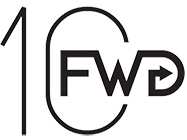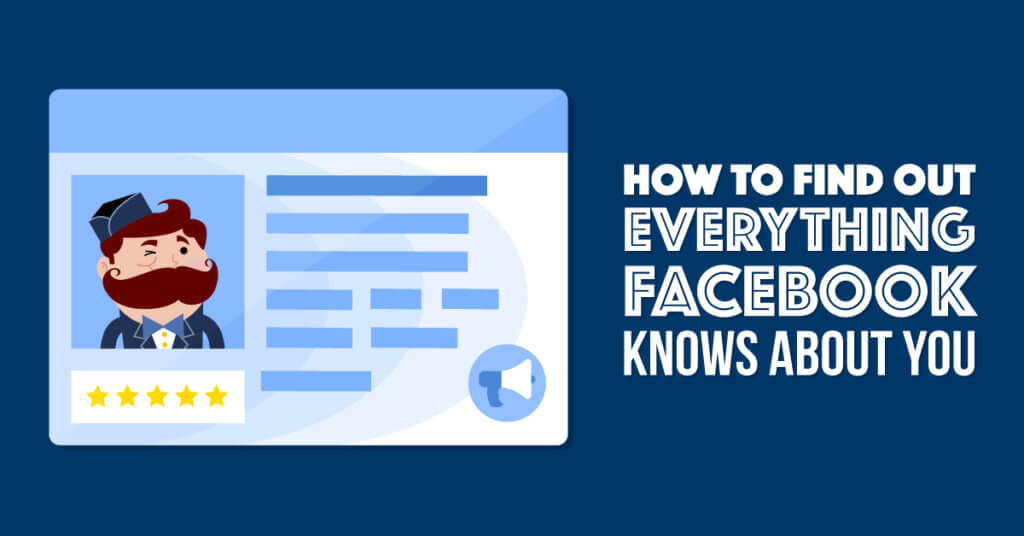
10 Mar How to Find Out Everything Facebook Knows About You
[ad_1]
If you’re deep in the weeds of Facebook marketing, you probably think a lot about ad targeting at the granular level.
You’re trying to juggle everything you know about your product, your advertising goals, and your target demographics to answer the question: How I can be sure that I’m showing this ad to the right people?
A great way to reverse engineer that question is to investigate your own Facebook feed!
Finding out what Facebook knows about you (and how they know it) can help you to refocus your targeting efforts and understand why some methods of building and targeting an audience can be more effective than others.
What Facebook Knows and How
As you comb through your Facebook feed, you might see an ad or two and wonder, how could Facebook possibly think I’d be interested in this?!
Well, Facebook can put together an incredibly detailed image of you as a consumer. But even with all that data, it’s still hard to hit a bullseye with targeted marketing every time.
Facebook uses around 100 data points to target advertising at its users. When you drill down, some of these data points can be incredibly specific. Facebook stores major demographic data like age, location, and gender, from when you first set up your profile. It also has data on:
- Your income level and property ownership
- Anniversaries, your birthday, your relationship status, and whether or not you live near extended family
- Whether or not you work at an office
- Your car’s make and model, and how much would you spend on a new car
- Your credit information
- Your operating system and email provider
- Your interests—everything from sports and shopping habits to restaurants, travel, and vacations
Clearly, Facebook is able to collect information beyond what you offer up on your own profile. How? Facebook can read cookies on other sites you visit. All of this adds up to a fairly detailed picture of you as an individual consumer.
But as an advertiser, leveraging this data into smart, targeted marketing is another story.
Investigating Ads In Your Newsfeed
To really understand the problem of Facebook targeting, you can start by diving into your own feed. You might be surprised by what you find.
An easy place to start is finding out why you’re seeing a particular ad. Click the drop-down arrow on the right and select “Why am I seeing this?” Facebook will give you a peek at how they target.

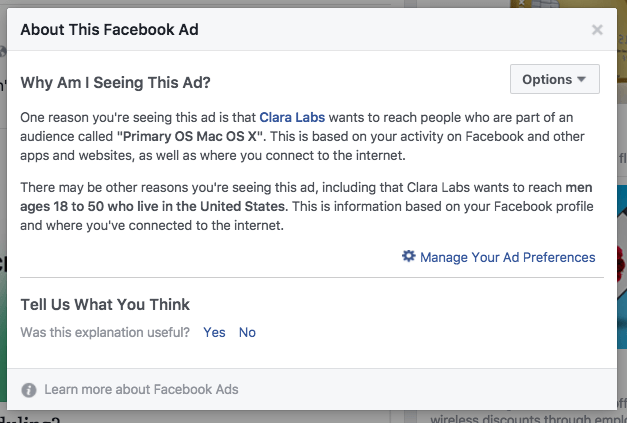
In most cases, you’ll find that you’re being shown an ad because you fall into a certain category of user.
In this example, Clara Labs wants to reach just the 18- to 50-year old American men on Mac OS X and weed out the Windows users. Facebook can do that. And if you’re a local business who wants to reach just 18- to 35-year-olds in Chicago, Illinois? Facebook can do that, too.
However, at other times you won’t see a demographic category at all. Instead, you’ll get “people who may be similar to their customers.”

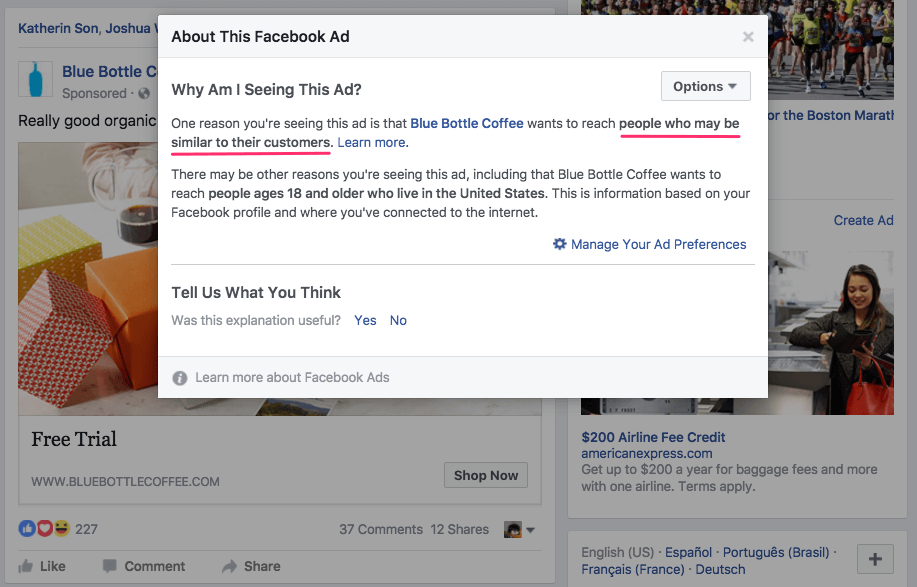
“People who may be similar to their customers” is Facebook’s way of referring to a Lookalike Audience.
Lookalike Audiences can be a powerful marketing tool, but to harness their potential, you first have to set up a custom audience. This is essentially a customer list that you can import directly to Facebook. You can do this by uploading emails, phone numbers, or Facebook user IDs into an Excel, CSV, or plain text file.
Facebook then finds all of your customers’ accounts and then creates a Lookalike Audience of people who have similar traits or habits as your customers. The people who like what your customers like, who fall into similar demographic categories as your customers, and who have similar purchasing habits to your customers.
Facebook knows a lot about your purchasing habits. In fact, through its many partnerships, Facebook has access to an average of 1,500 data points per person. This allows for some pretty informed predictions about your future purchasing choices.
Lookalike Audiences are put together using lots of different kinds of data. They are a way of reinforcing demographic targeting efforts with even more data on purchasing habits and patterns.
A Bird’s Eye View of What Facebook Knows
If you’re a smaller, less established business and you can’t easily produce emails and phone numbers to build a custom audience, demographic categories—age, location, gender, interests—amount to a lot.
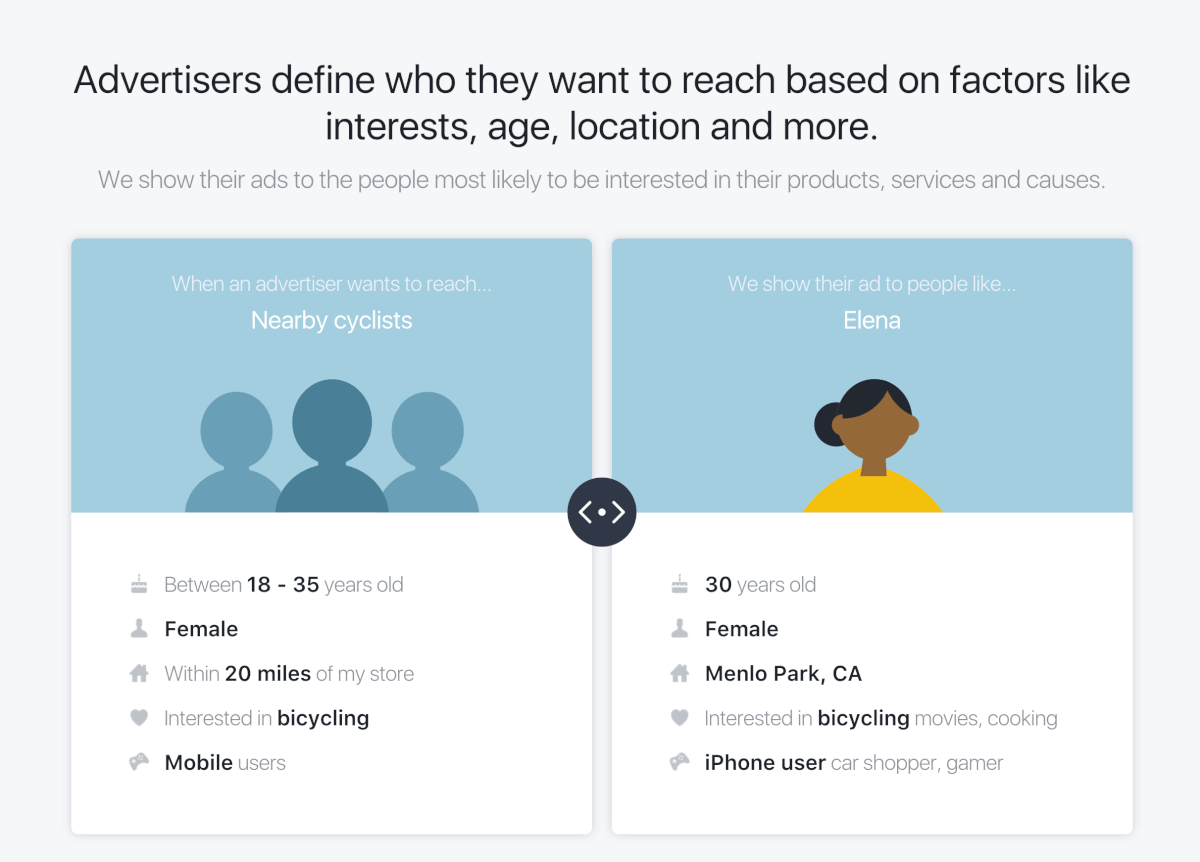
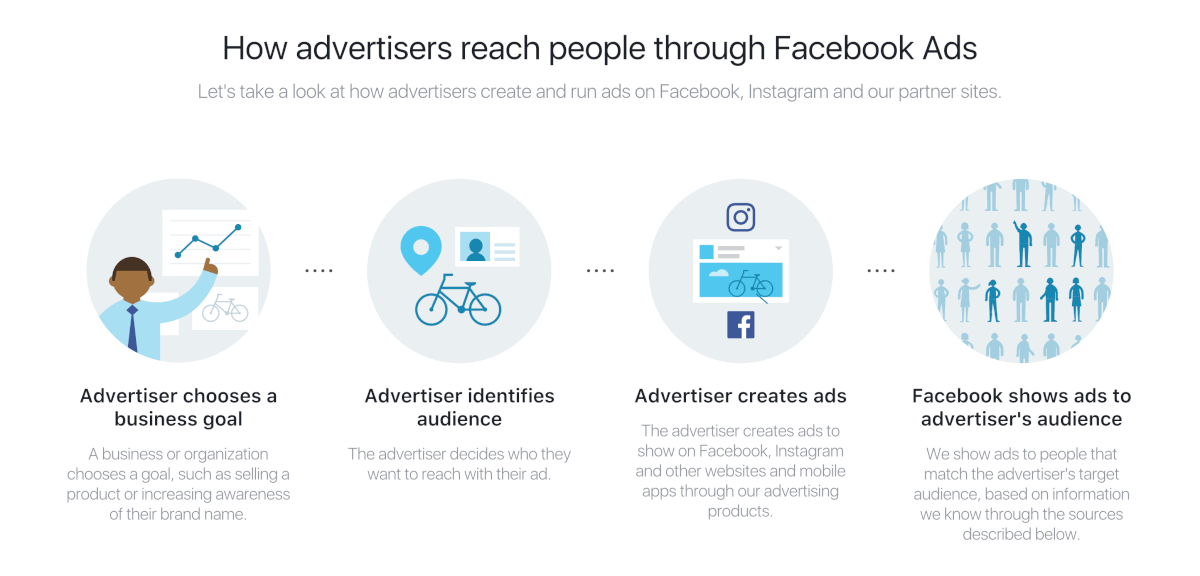
Regarding your own profile, you can take a look at what Facebook considers to be your interest categories, a combination of pages and profiles you’ve liked and projections of what else you might like, based on that activity.
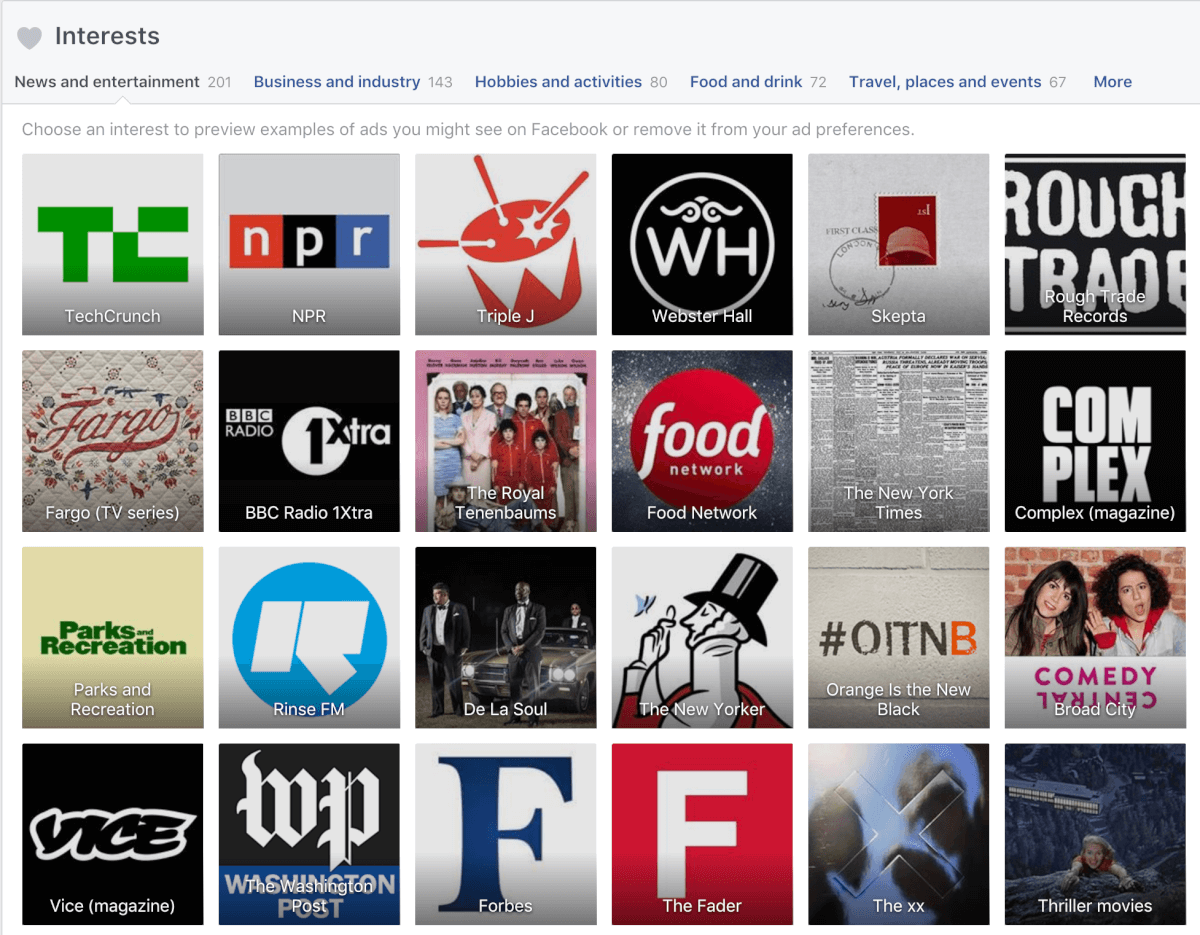
When you hover over an interest category, it provides a general insight into why it is linked to your profile:
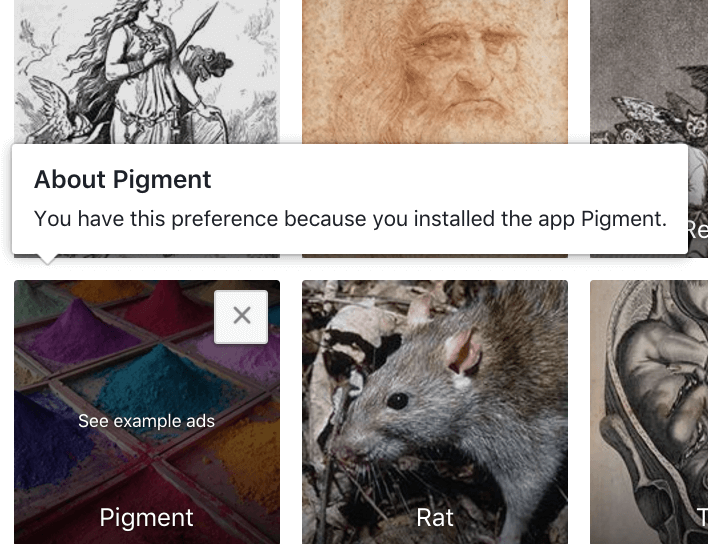
Facebook lets you view example ads for each interest category, and you can provide a response: yes, I’m still interested, or no, I’m not.
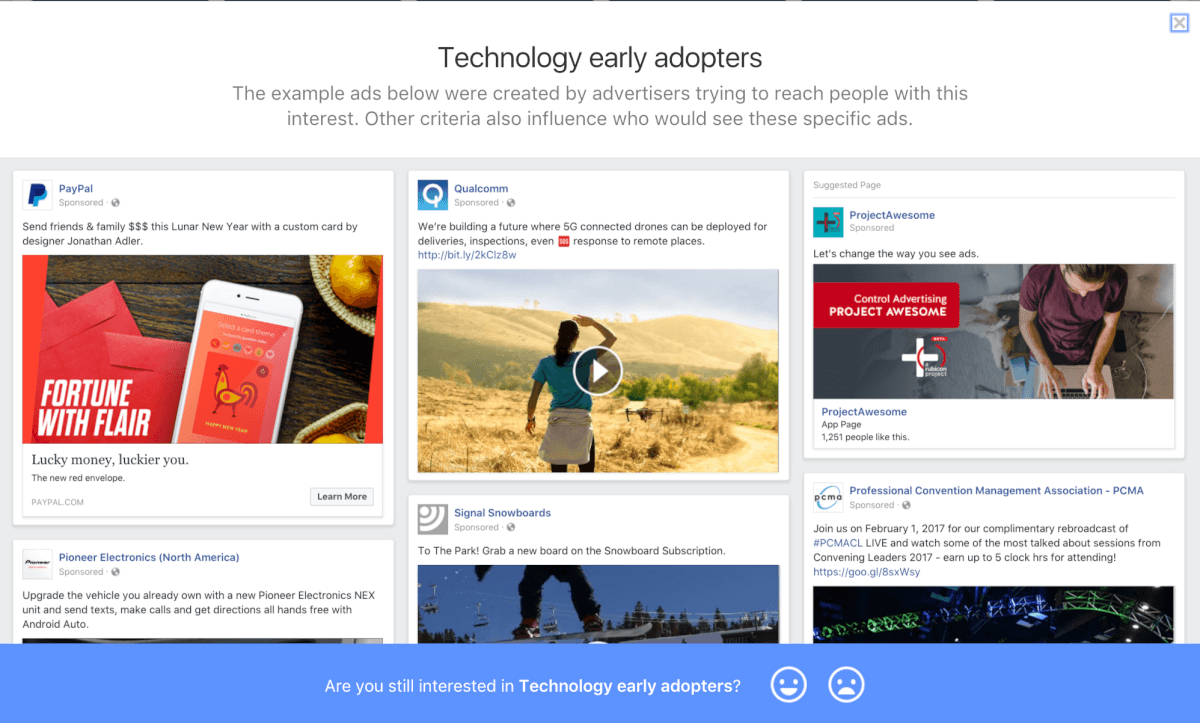
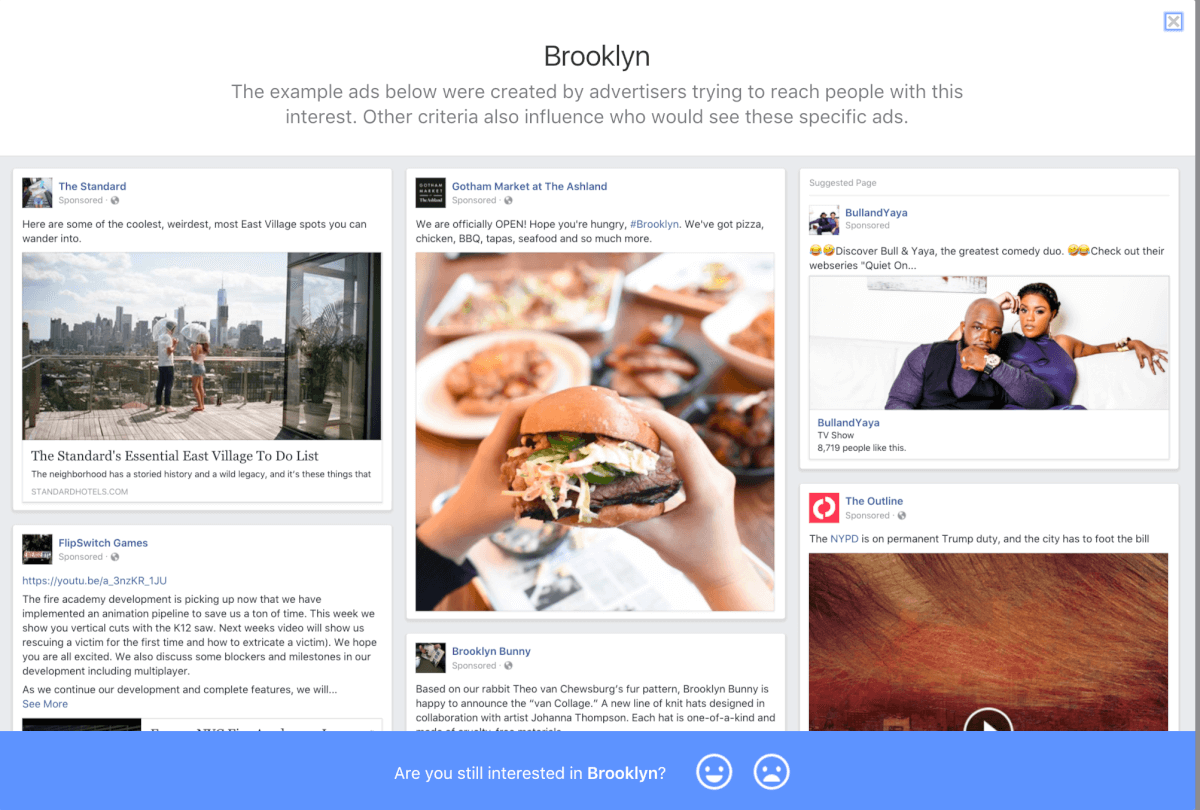
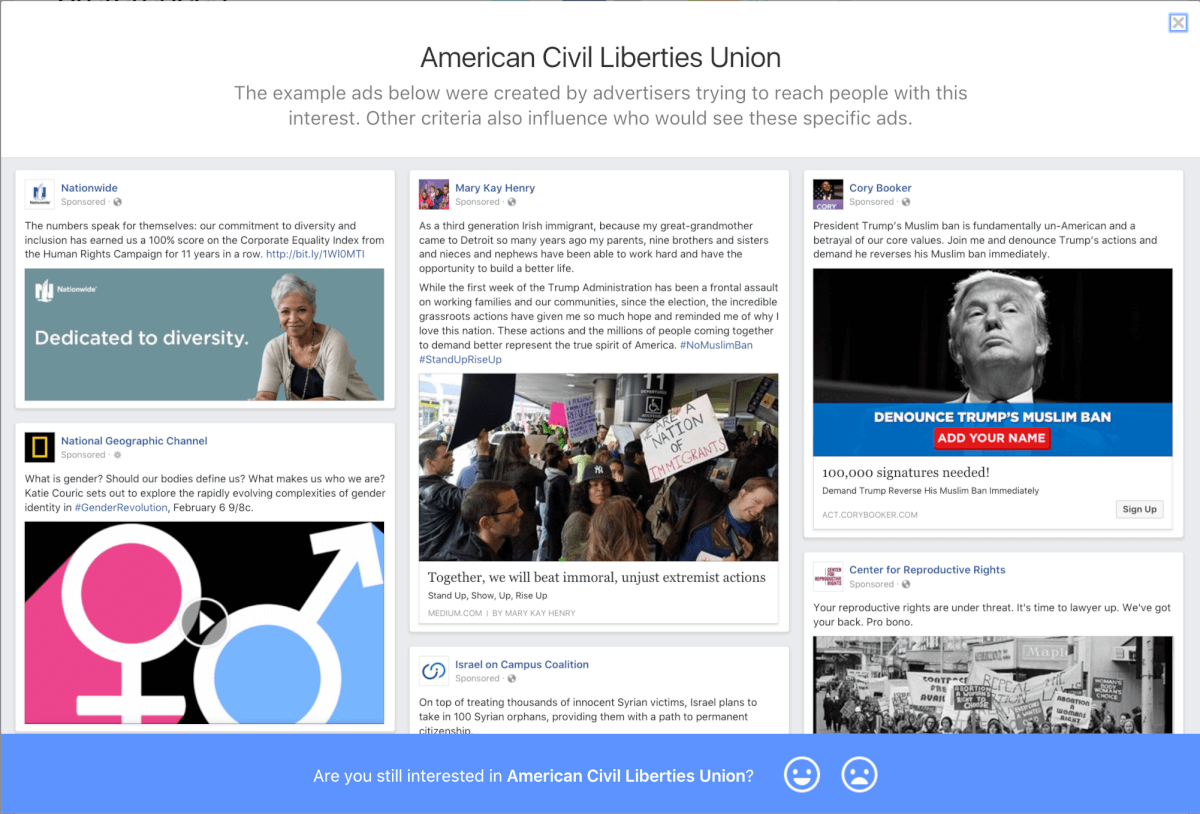
Once you’ve completed the tour through your own ad preferences, you can start to see how your Facebook activity translates to data points. All of your likes, comments, shares, and sign-ups translate to patterns that are valuable to businesses and advertisers.
With this in mind, you might take a look at some of your competitors’ ads and see how widely or narrowly they’re casting their ads. Do you see them using Lookalike Audiences, or targeting based on behavior?
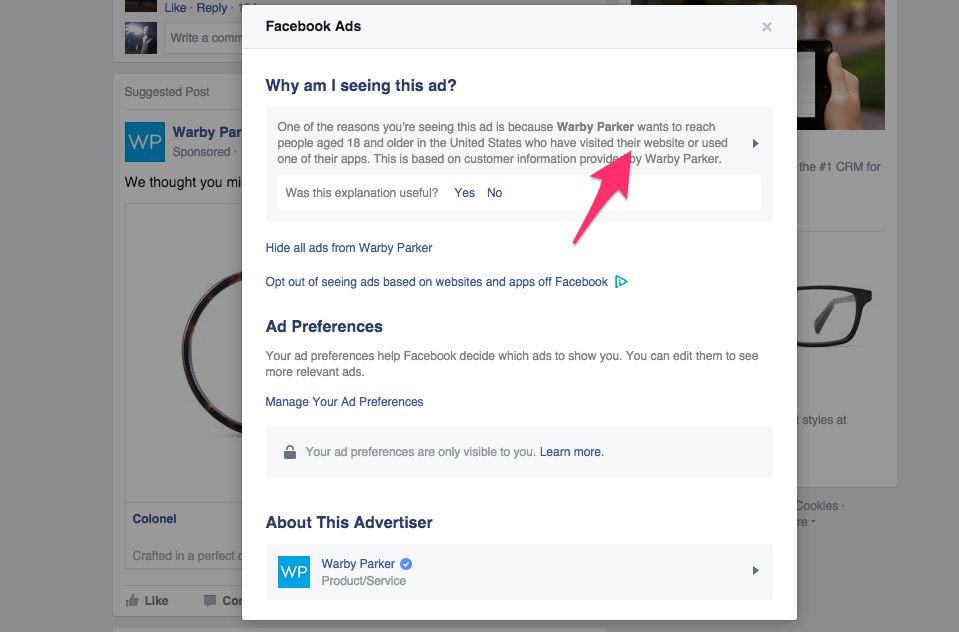
You’re So Expensive!
Here’s something else Facebook knows about you—how much you cost.
The audience that you choose to target directly affects how much you end up paying for Facebook ads. Facebook ads are a bidding system, so you’re in direct competition with every other marketer who wants to reach a particular kind of customer.
A person with a lot of interests, a lot of strong purchasing history around those interests, and a lot of purchasing power is going to be expensive to reach.
You can use our data from 2016 to figure out just how valuable you are to Facebook. Looking at gender, the cost-per-like breakdown in 2016 was consistently pricier for women, than for men.
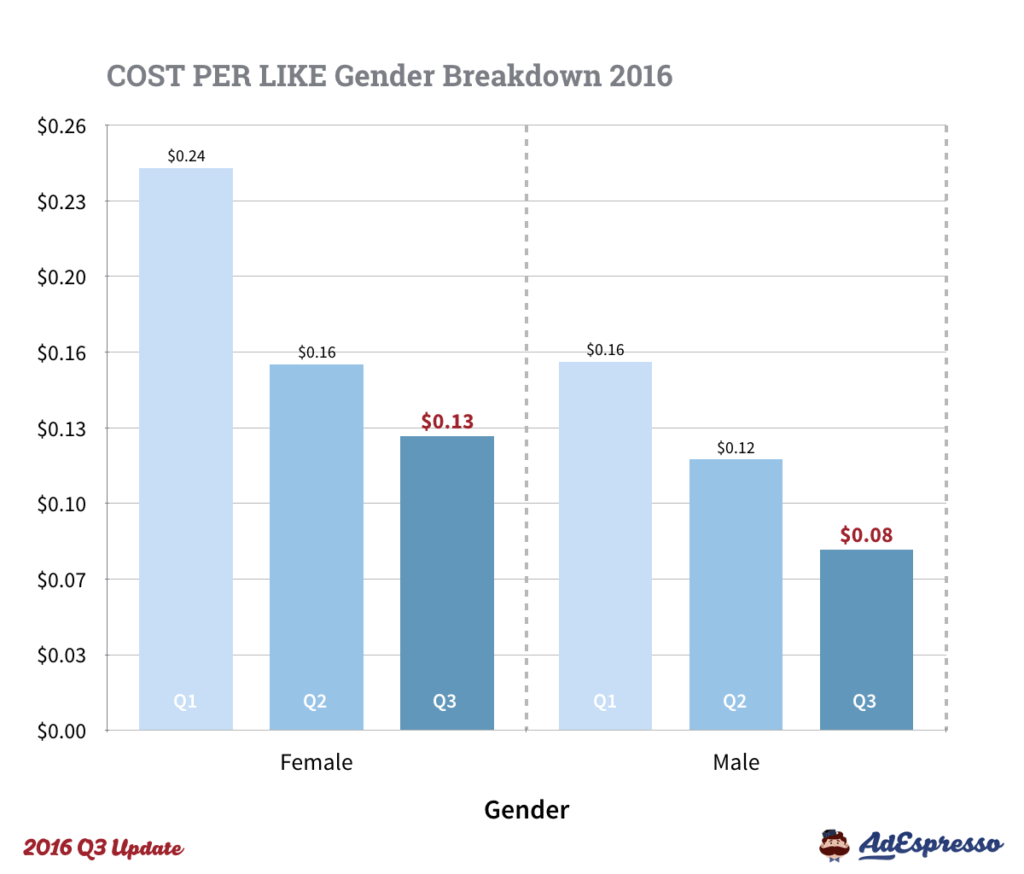
In general, it consistently costs less to target younger users. Looking at just cost-per-likes, you can see that the most expensive user is solidly middle-aged, 45-54 years old. The youngest group of users, ages 13-17, is the cheapest.
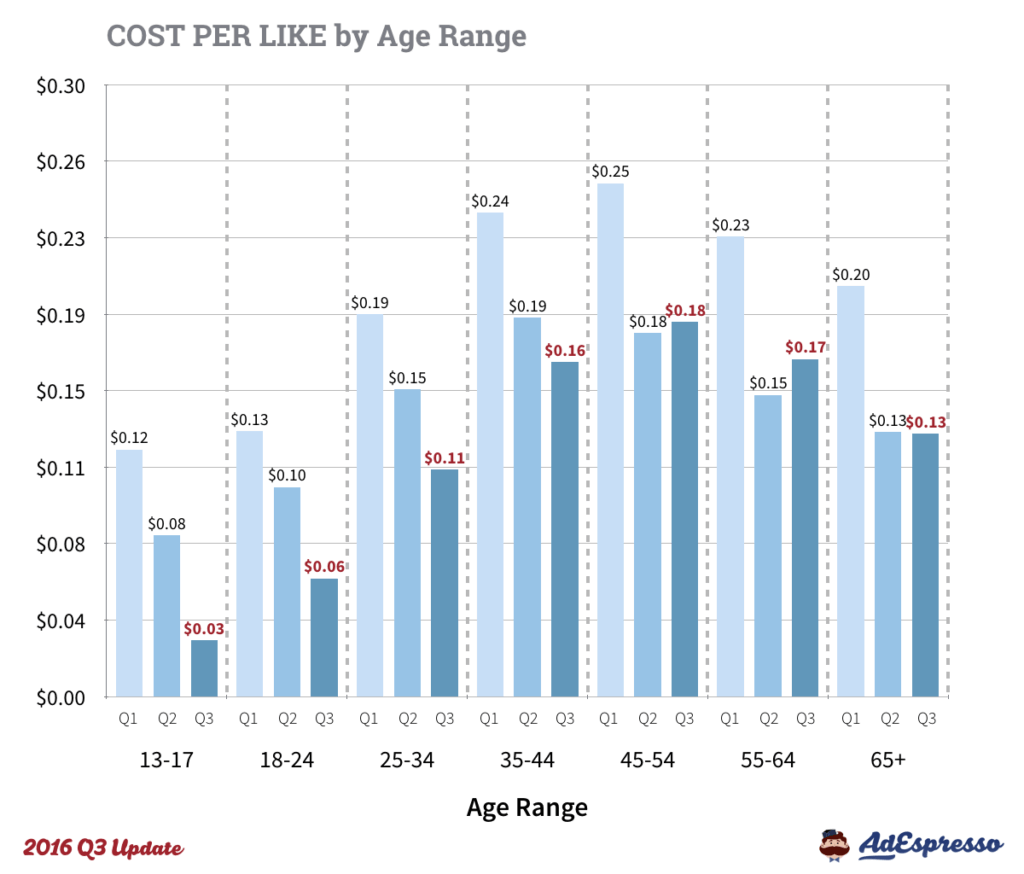
Younger users may be excited and willing to engage with your ad or with your product, and comfortable with Facebook ads. But an important question to keep in mind, especially when targeting younger consumers: How much will they spend? How much can they spend?
Targeting who is likely to spend money on your product is worth getting right, even if it might mean a higher cost-per-like. Targeting teenagers may be cheap, but a campaign focused on 13-year-olds is ultimately a waste of money if they can’t afford your product at the end of the day.
Turning the Tables on Facebook
Conducting an investigation into your own Newsfeed and Ad Preferences is simple enough to do, and it tells you a lot about how Facebook views its users from a marketing perspective.
You may not think about your day-to-day Facebook activity with your value as a potential customer in mind. But your day-to-day activity is exactly what makes you valuable. Flipping your perspective puts you on the road to success for your next targeted marketing campaign.
[ad_2]
Source link
Social Media Agency, Social Media, Digital Marketing, Digital Marketing Agency, Search Engine Marketing, SEO, digital marketing agency dubai, video content marketing, crossfit marketing dubai, video marketing dubai, digital marketing agency abu dhabi, facebook marketing dubai, facebook marketing abu dhabi, digital marketing agencies in dubai, social media agency, content marketing dubai, content strategy dubai, branding dubai
